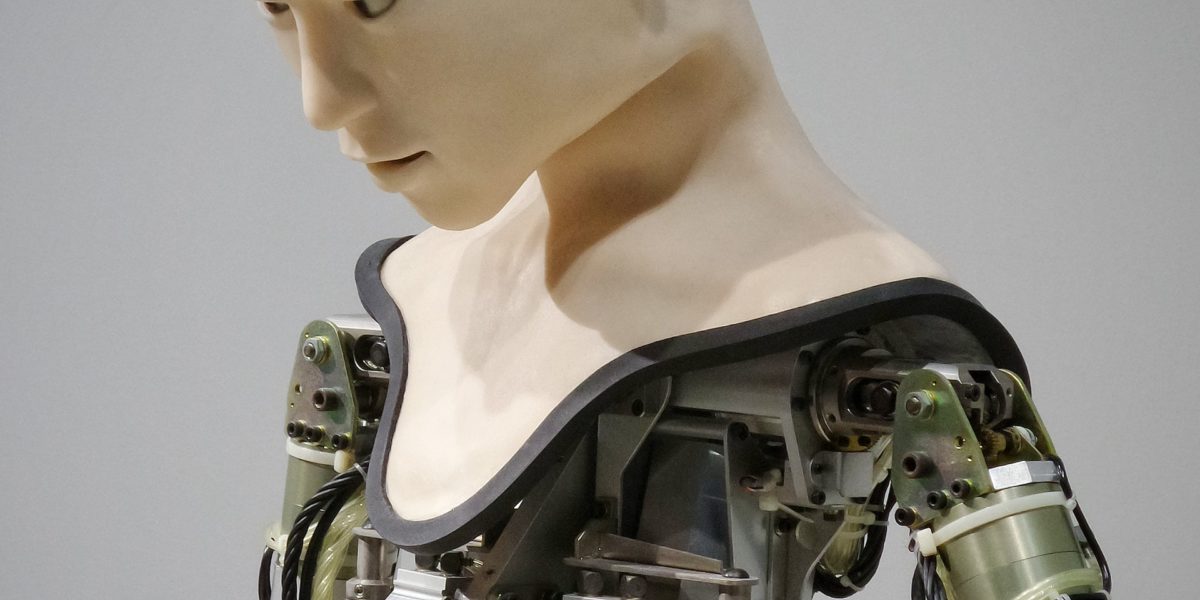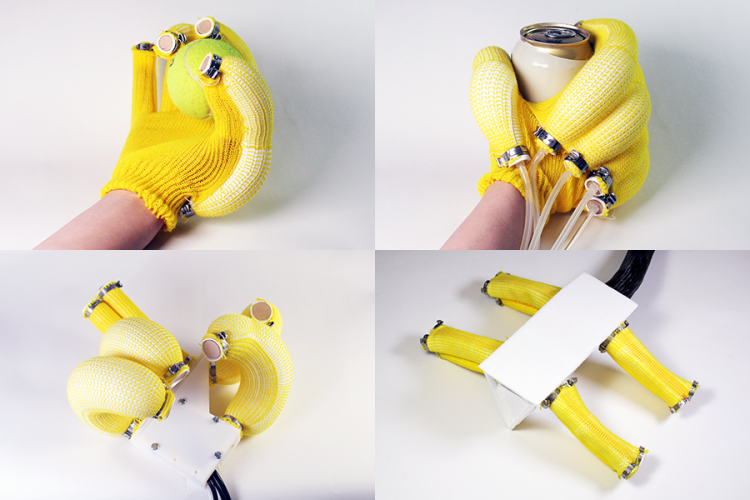Introduction: The Quest for Human-Level Dexterity in Bionic Limbs
Bionic limbs—prosthetics that mimic the function of human limbs—have come a long way in recent decades. Initially, prosthetics were rudimentary tools that only allowed for basic functionality like gripping or holding. Today, advancements in robotics, AI, and neuroscience are making the dream of achieving human-level dexterity in bionic limbs a real possibility.
But is it truly feasible for bionic limbs to replicate the intricate, fluid movements of human hands? Can they match the subtlety and precision of a pianist’s fingers or the strength and agility of a rock climber’s grip? This article delves into the current state of bionic limb technology, the challenges it faces, and the potential breakthroughs that could bring it closer to human-level dexterity.
The Evolution of Bionic Limbs: From Function to Form
Early Prosthetics: Simple and Functional
The history of prosthetics dates back thousands of years, with the first rudimentary designs intended more for appearance than functionality. In ancient Egypt, prosthetic toes were crafted from wood and leather. The purpose of these early designs was not to replicate the complex movements of a human limb but to provide basic functionality—primarily support for walking.
With the rise of the Industrial Revolution, prosthetics became more functional. The first major breakthroughs came in the form of mechanical devices that used simple levers and pulleys. These prosthetics, however, still lacked the sophistication needed to replicate natural movement.
Modern Prosthetics: The Rise of Robotics and Neural Interfaces
In the 20th century, significant advancements in materials science and robotics revolutionized prosthetics. Today’s bionic limbs are powered by a combination of motors, sensors, and artificial intelligence (AI), allowing them to perform more complex tasks. These limbs can be controlled by muscle signals from the residual limb, providing a level of functionality far beyond what was previously possible.
Some of the most cutting-edge bionic hands, like the “LUKE Arm” or “BeBionic,” use multiple motors to mimic the intricate movements of a human hand. These arms incorporate sophisticated sensors that detect muscle signals or even nerve impulses, providing the user with a degree of control and dexterity that was once unimaginable. While these bionic arms are a significant leap forward, they still struggle to achieve the finesse of a human hand.
The Anatomy of Human Dexterity: What Makes Our Hands So Special?

To understand the challenges of replicating human-level dexterity, it’s important to break down the mechanics of the human hand. Human hands are incredibly complex, capable of performing an astonishing array of tasks—from writing and typing to playing musical instruments or performing delicate surgeries.
Key elements that contribute to human dexterity include:
- Finger Independence: The human hand is capable of highly coordinated movements, allowing for finger independence. Each finger can move in different directions simultaneously, enabling delicate operations such as playing piano or typing.
- Sensory Feedback: Our hands have an exceptional level of tactile sensitivity, allowing us to feel textures, temperatures, and even subtle changes in pressure. This feedback is critical for performing tasks with precision.
- Flexibility and Adaptability: Human hands are incredibly adaptive, capable of modifying their grip depending on the task at hand. From holding a fragile glass to gripping a heavy barbell, our hands can adjust in real time to a variety of situations.
Replicating these qualities in bionic limbs is a monumental challenge, but engineers and researchers are making significant strides toward achieving this goal.
The Current State of Bionic Limbs: Limitations and Progress
Control Systems: Bridging the Gap Between Mind and Machine
One of the primary challenges in bionic limb development is achieving seamless control. The human brain’s ability to command muscles is extraordinarily complex, with the brain sending signals to over 600 muscles to initiate movement. Translating these signals into precise, coordinated movement in a bionic limb is no easy feat.
Current bionic limbs typically rely on muscle sensors or electromyography (EMG), which detect electrical signals generated by muscles. These sensors send the signals to the prosthetic, which then activates motors to replicate a movement. However, this system has limitations:
- Signal Noise: Muscle signals can often be weak, erratic, or interfered with by other body movements.
- Lack of Sensory Feedback: While users can control the prosthetic, they often don’t receive the tactile feedback that would help them gauge the force, pressure, or texture of objects they’re interacting with.
- Fine Motor Control: Achieving the subtlety of movements like typing or playing an instrument is still a challenge for bionic limbs. The current prosthetic hands often have difficulty achieving fine motor control and finger independence, which are essential for tasks requiring precision.
Advanced Materials: A Step Toward Flexibility
Recent advances in materials science have also contributed to improving the flexibility and strength of bionic limbs. For example, lightweight, durable materials like carbon fiber and advanced polymers have allowed for the development of prosthetic limbs that are both strong and lightweight. These materials can also help create prosthetics that are more comfortable to wear and better able to handle the stresses of daily use.
Moreover, the integration of soft robotics—robots that use flexible materials and structures inspired by biological systems—has shown promise in creating prosthetics that more closely mimic the movement and dexterity of human limbs. These bionic limbs can better replicate the subtle motions of human fingers, such as bending and stretching in ways that traditional rigid prosthetics cannot.
Neuroprosthetics: Direct Brain Control
The ultimate goal in bionic limb technology is to create a direct interface between the brain and the prosthetic. Neuroprosthetics—the field of brain-machine interfaces—aims to bypass traditional muscle sensors and allow the user to control a bionic limb directly with their thoughts.
Researchers have made significant progress in this area. For example, the development of brain-computer interfaces (BCIs) has enabled patients with severe spinal cord injuries to control robotic arms using only their brain activity. These systems work by decoding the brain’s electrical signals and translating them into commands for the prosthetic limb.
While still in its infancy, neuroprosthetics offers a glimpse of the future, where bionic limbs could be controlled as intuitively as our natural limbs.
The Challenges to Achieving Human-Level Dexterity
While significant progress has been made in bionic limb technology, several key challenges remain before we can truly replicate human-level dexterity.
Complexity of Human Movement
The complexity of human movement is a major hurdle. The fine motor control required for delicate tasks, like tying a shoelace or assembling small components, involves intricate coordination between muscles, tendons, and nerves. Mimicking this complexity in a machine requires the development of highly sophisticated algorithms and control systems.
Sensory Feedback and Tactile Sensitivity
As mentioned earlier, the ability to feel and sense objects is crucial for dexterity. Without sensory feedback, users are limited in their ability to judge force and pressure. The lack of tactile sensitivity is one of the biggest challenges facing bionic limb development. Researchers are exploring ways to integrate haptic feedback—sensation of touch—into bionic limbs using sensors that can detect changes in pressure, texture, and temperature.

Cost and Accessibility
Another barrier to the widespread adoption of bionic limbs is cost. Advanced bionic limbs can be prohibitively expensive, limiting access for those who need them most. In addition to the high initial cost, ongoing maintenance, adjustments, and updates can add to the financial burden. Until the technology becomes more affordable, many potential users may be excluded from the benefits.
Looking Ahead: The Future of Bionic Limbs
Despite these challenges, the future of bionic limbs is incredibly promising. Ongoing advancements in robotics, AI, neuroscience, and materials science are bringing us closer to the goal of achieving human-level dexterity in prosthetics.
In the next decade, we can expect:
- Improved Control Systems: With further advancements in neural interfaces and AI, bionic limbs will likely become more intuitive and responsive, allowing for more precise control.
- Enhanced Sensory Feedback: Researchers are working on integrating sensory feedback into prosthetics, enabling users to feel textures and pressure in a more natural way.
- Affordable Solutions: As the technology matures, costs are likely to decrease, making bionic limbs more accessible to a wider population.
Ultimately, the convergence of these technologies could lead to the creation of bionic limbs that not only replicate human-level dexterity but perhaps even enhance it, giving users capabilities beyond those of the natural human hand.
Conclusion: Toward a New Era of Human Dexterity
Bionic limbs have made incredible progress over the past few decades, and the dream of achieving human-level dexterity is closer than ever. While there are still significant challenges to overcome—particularly in control, sensory feedback, and cost—the rapid pace of innovation in robotics, neuroscience, and materials science offers hope for the future.
In the coming years, we may see bionic limbs that not only restore lost function but also enhance human capabilities, enabling those who have lost limbs to perform tasks that once seemed impossible.
As technology continues to evolve, we may find ourselves living in a world where the boundary between the biological and the artificial becomes increasingly blurred, and the limits of human dexterity are expanded in ways we’ve never imagined.











































